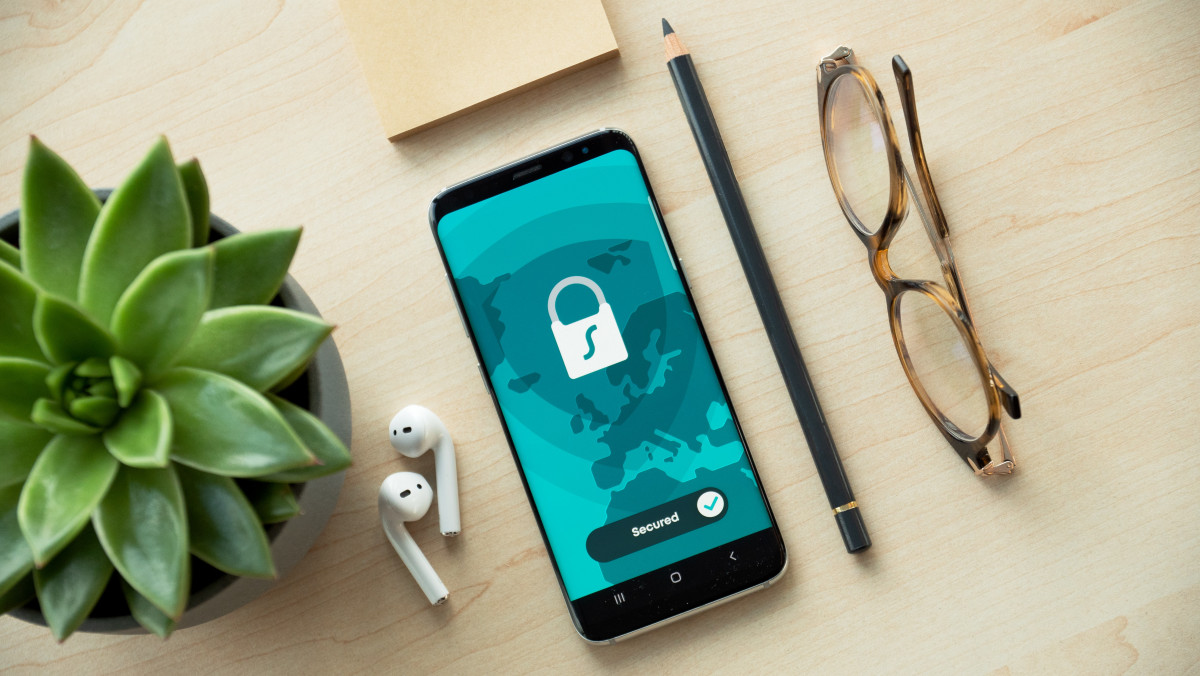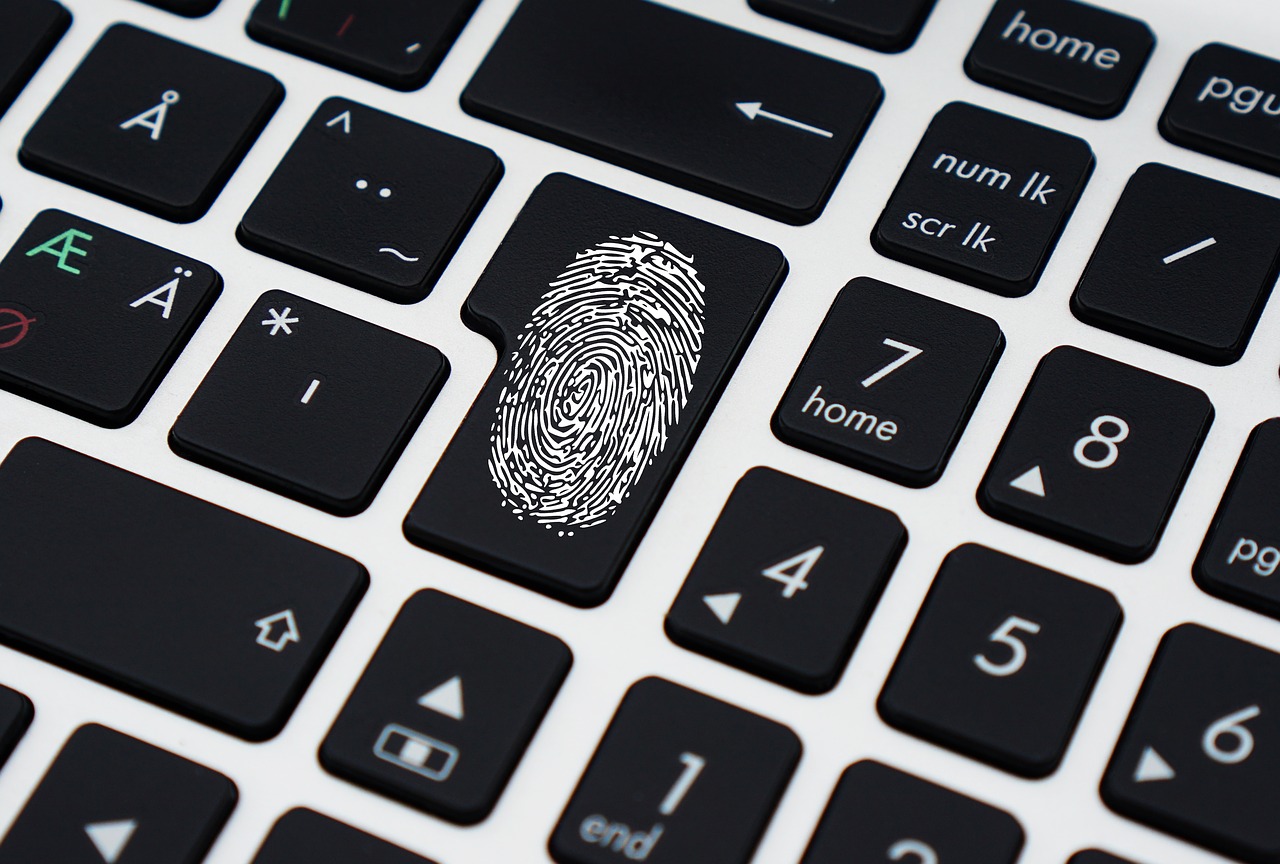
Lessons learned: Share4Rare’s new Digital Informed Consent

All around the globe, 2020 has brought with it a lot of downs. However, it has also brought some very valuable ups, mainly in the form of lessons learnt and powerful insights into what we are capable of when working together. I do not want to idealize the current situation: it is hard on everybody, and most especially in the Rare Disease community. Yet, hard as it is, we should better not lose sight of the silver lining.
Detecting (and confirming) a hot spot
From the very beginning, we have had our eyes on a few features of the platform: either because we were particularly proud of them or because we had flagged them as potential drawbacks for growth at some point.
The registration flow into the platform is an example of the latter: we had to find a difficult compromise between legal constraints, security concerns, privacy priorities, user experience, data gathering, and data safety. Depending on the people involved, the solutions that were proposed varied greatly, with the focus swinging back and forth among these very different poles.

In the end, user integrity and data safety were prioritized, in our attempt to create a trustworthy environment where patients and caregivers could feel at ease. While we stick to that decision, because we still think those are two pillars necessary to create a healthy community, we have verified that the current implementation of the registration is too hard on the user.
Now it is time to rethink and polish this feature and provide a better user experience that does not jeopardize trust.
Removing a bottleneck
For most potential users, the main issue when registering has been the requirement to download, manually sign and upload the informed consent that is mandatory to take part in research. It takes time and some infrastructure to do it, and we have observed that, in many cases, it simply became a blocker. For that, we apologize, even if it was made with the best of intentions.
The technical and legal teams of Share4Rare have been working shoulder to shoulder to find a way to circumvent this bottleneck and we are happy to say that they have succeeded. A fully digital implementation of the informed consent is available on the platform from this October on.
From now on, user validation will be a lot smoother.
The new Digital Informed Consent
The current validation process has been rethought to incorporate digital confirmation of the confidentiality clauses belonging to the informed consent, instead of requiring hand signature. In essence, what this means is that users will be required to fill in and send a short online form to acknowledge that they have read the document.

In a nutshell, the Digital Informed Consent consists of:
- a set of clauses defining its scope, purpose and applicability, which cannot be changed
- a few pieces of data from the user, mainly the user ID and the patient the document refers to
- the date of acceptance
- the declaration of acceptance of the document
The date of acceptance is crucial to the process. First of all, of course, because it legitimates the signing of the document. But, in second place, because the consent is not only digital, but also dynamic.
What does dynamic mean in this context? Well, although the clauses in the digital informed consent cannot be changed by the user or by Share4Rare (so the signature, in this sense, is safe and binding), new clauses can be added to it in the future to accommodate new research studies. When that happens, clauses added to the consent after the date of the signature are not applicable unless the user explicitly acknowledges them by re-signing the digital document.
Finally, not only have we simplified the process of signing the informed consent, we have also removed it as a requirement to participate in Share4Rare’s community. Therefore, currently, users are only required to sign it to take part in research studies. Same as before, a separate informed consent has to be signed for each patient linked to the user.
